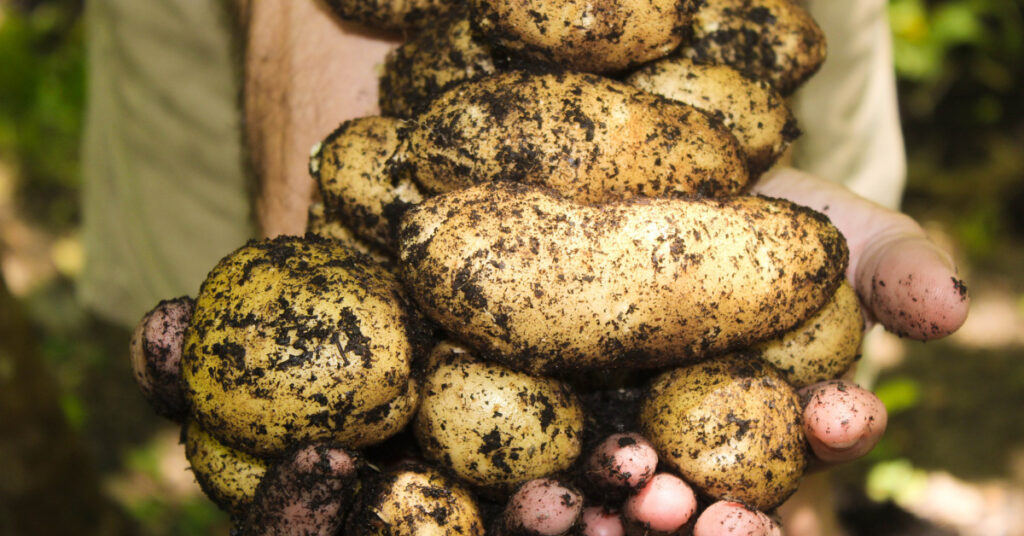We have all the benefits of modern life, except when they are sold out, too expensive, or closed. We can fly across the country or around the world, as long as there are pilots available and our flights aren’t canceled. Electricity is available at the flick of a switch, so long as we can afford it and there is enough power to go around. We can order online and have packages delivered in days, assuming they aren’t stolen off the back of the truck or the front of our porch. We have advanced medicines and diagnostic equipment, but there are so many shortages you might have to settle for sub-par care. Farms are raising more food per acre than ever before, but only when they can find fertilizer, afford to put fuel in their tractors, and the area gets enough rain.
Yes, modern times are great, except when they are not.
Preparing for the Exceptions
It’s becoming clear that we need to prep not just for world-ending disasters like nuclear war or an EMP strike, or for societal disasters like a collapse of the U.S. dollar, but for frequent interruptions to what have been previously reliable aspects of our daily life. As resources become scarcer and prices become higher, we may need to draw on our preps to make up for empty store shelves, closed gas pumps, missing medications, and supply chain disruptions. We may have to shift our behavior to do for ourselves what we hired others to do, because we can no longer afford to pay them.
A century ago, no self-respecting housewife would allow her pantry to run out of canned goods, flour, sugar, and other staples. Today, many don’t have a week’s worth of food in their house. That’s going to have to change.
In 1920, 32 percent of the population lived on a farm. Many others had kitchen gardens. We’re going to have to return to an era where individuals produce a portion of their food.

In the Soviet Union, when a product was found in the stores, people lined up to buy it, even if they didn’t need it. The supply chain is becoming so unreliable, we’re going to reach that point soon, snapping up whatever foodstuff is in stock and hoping we can trade it for something we need or want.
The value of the dollar is falling fast as inflation races higher. Some items are in short supply and no one knows when they will be restocked. This combination will lead to purchasing limits, government-mandated price fixing, and rationing, yet that won’t solve the problem.
To survive, we’re going to have to live a hybrid life where we enjoy the technological marvels of the 2020s, but we need to be as self-sufficient as a farmer’s wife in the 1920s. We’ll get practice buying it used, making it do, or doing without.
Our First-World Life is Disappearing
One thing that separated the United States and wealthy countries in Europe from the third world is that we didn’t have blackouts, food riots, bank holidays, currency collapses, food shortages, and political corruption and turmoil. Those differences are fading as our time at the top of the pyramid becomes a memory rather than reality.
This winter, the Germans huddled in their wool clothing around a fireplace where they are burning books to keep warm will feel like they live in the third world country. When Americans postpone life-saving surgery because there is no contrast dye available, they’ll wonder what happened to their country. When it takes three months to get your car repaired, even though it is still under warranty, you’ll wonder if you woke up in the Soviet Union instead of America. It’s not the Soviet Union, but you will have woken up in a socialist version of America where markets are not free, economic lessons are ignored, and government is run by executive fiat and corruption rather than legislative compromise and cooperation.
The Importance of Self-Sufficiency
Three years ago, few saw the need to be self-sufficient. Anything you wanted from anywhere in the world was available. French cheese, Spanish wine, Brazilian coffee, Italian olive oil, Russian caviar, rice grown in the Himalayas, and corn-fed steak from Kansas City were available with the flash of a credit card. From German cars and Korean cell phones on the high end to shoes made in Vietnam and toys made in China on the low end, goods were plentiful. Store shelves were crowded and prices were low.
Today? Not so much.
Cherish those memories of how things used to be, because what we considered “normal” is not coming back. We have peaked and are on the downward slope.
A dozen eggs sometimes costing five times as much as they used to. A loaf of bread is $5. Coffee is in short supply. There is a waiting list to buy a new car. Infant formula is out of stock. Women can’t find tampons. It takes months to repair your air conditioner. Anything you order for your house–like new windows or an appliance–won’t arrive for four to nine months.
Clearly, the smooth system we relied on for decades no longer exists. The country is struggling to produce enough diesel fuel to keep trucks moving, to keep food on store shelves, and to keep our medical system functioning. We’re not yet at the point where we are eating our zoo animals, but people are giving up their pets because they can’t afford them.
The best way to survive this malaise is to do as much for yourself as you can, spend as little on goods and services as you can get away with, and build up your preps and processes to rely on others as little as possible.
To be Continued
In our next post, I will discuss what you can do to survive and even prosper in this new hybrid world.







